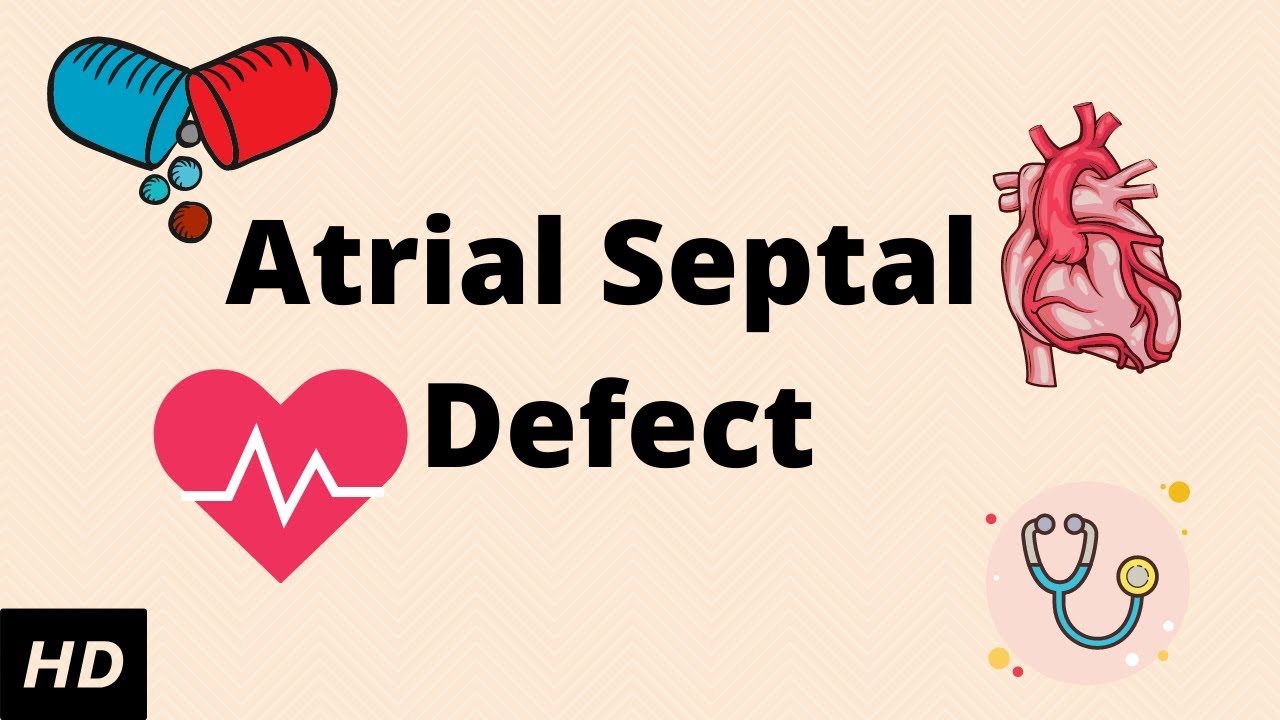
An atrial septal defect is a type of congenital heart defect characterized by an abnormal opening in the wall(septum) between the two upper chambers of the heart (atria).
• The heart has four hollow chambers: two receiving chambers known as the right and left atria and two pumping chambers known as the right and left ventricles
• The atrial septum is a wall separating the left and right atria. An opening in this septum results in a condition called an atrial septal defect
• An atrial septal defect allows oxygenated blood that should flow into the left ventricle from the left atrium to flow to the right atrium through the opening
• When in the right atrium, the blood mixes with deoxygenated blood and is pumped to the lungs, Increasing the total amount of blood that flows to the lungs
• If the opening is large, this extra volume of blood can overfill the lungs and cause damage to blood vessels in the lungs
• Over time, this may cause problems, such as high blood pressure in the lungs, increased risk of stroke, heart rhythm abnormalities, and heart failure
There are four types of the atrial septal defect, they include:
• Secundum – is the most common and occurs in the center part of the atrial septum. It occurs in about 75% of all cases
• Primum- occurs in the lower part of the atrial septum and may occur with other congenital heart problems. It occurs in about 20% of all cases
• Sinus venosus – is a rare type and occurs in the upper part of the atrial septum. it occurs in about 4% of all cases
• Coronary sinus – it occurs in less than 1% of all cases